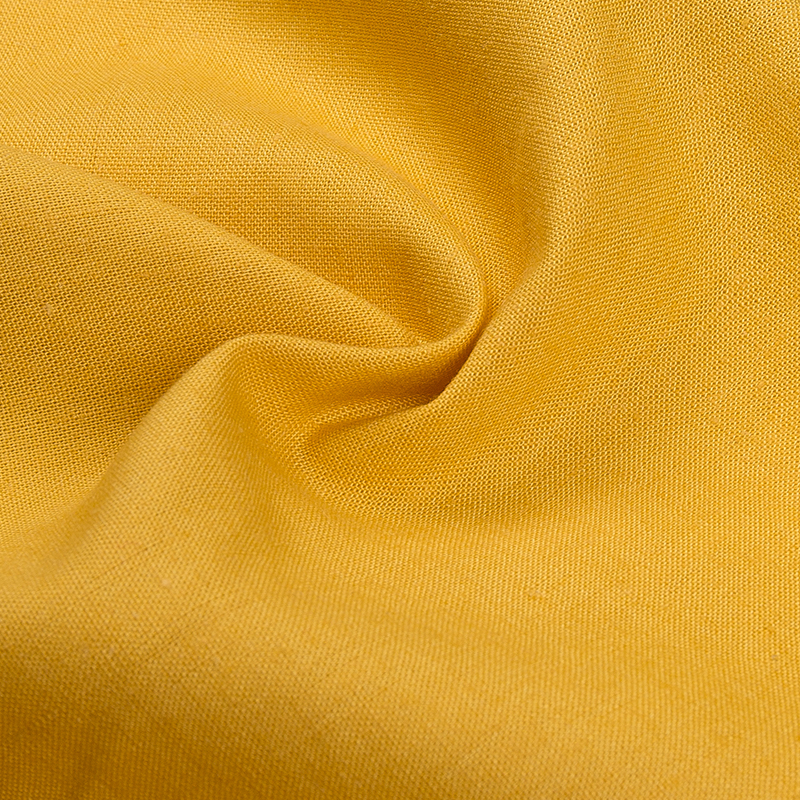When it comes to sustainable textiles, the market offers a growing range of eco-friendly options—but not all fibers are created equal. Among the most discussed alternatives, TENCEL, bamboo, modal, and organic cotton each bring their own benefits and limitations to the table. For businesses working with yarn dyed Tencel fabric, understanding how these fibers compare is critical for product quality, market positioning, and long-term brand value. TENCEL, in particular, stands out for its balance of environmental responsibility, textile performance, and adaptability in both fashion and home textile sectors.
Bamboo has often been marketed as an eco-champion, but much of what is sold as bamboo fabric is actually viscose rayon made from bamboo pulp using harsh chemical processes that lack transparency and circularity. TENCEL, produced by Lenzing, uses a closed-loop production system that recycles over 99% of the solvent used to extract cellulose from sustainably harvested wood pulp. This cleaner process gives TENCEL a distinct edge for buyers concerned about traceability and chemical impact, especially in high-end yarn dyed applications where fabric integrity and environmental credentials go hand-in-hand.
Modal shares a closer relationship with TENCEL, as both are regenerated cellulosic fibers. However, standard modal lacks the same moisture management and tensile strength that define TENCEL. In yarn-dyed fabric production, these attributes become especially important. TENCEL’s consistent cross-section and smooth fiber surface lead to more vivid color development and dye retention, while its strength in both dry and wet conditions helps minimize distortion during weaving, washing, and long-term use. This reliability reduces production waste and improves customer satisfaction down the line.
Organic cotton is favored for its natural cultivation methods, but it still demands substantial water and land resources, and it doesn’t inherently solve performance limitations. For manufacturers requiring a balance of sustainability and efficiency, TENCEL yarn dyed fabric offers a compelling middle ground. Unlike cotton, TENCEL fibers have a soft drape and luxurious sheen that add instant appeal to finished goods without sacrificing durability. This makes it particularly useful for bedding, dress shirts, and premium casual wear that must combine aesthetics with functionality.

What also sets TENCEL apart is its adaptability in blends. While modal and organic cotton often need synthetic additives to improve wrinkle resistance or strength, TENCEL blends beautifully with silk, linen, wool, and synthetics, enhancing tactile performance while maintaining its eco-friendly image. For textile producers, this versatility allows for broader product development without complicated adjustments to existing dyeing and weaving processes. It’s one of the reasons why Tencel yarn-dyed fabric continues to gain traction in markets that value both appearance and performance.
From a commercial standpoint, the slight cost premium of TENCEL is easily offset by the product stability, reduced defects, and improved customer perception it delivers. In high-volume or export-focused production where consistency is king, choosing TENCEL over alternatives like bamboo viscose or modal can translate into fewer quality claims, stronger brand positioning, and better long-term margins. Especially when working with delicate yarn dyed constructions, choosing the right fiber from the start can significantly streamline operations and safeguard product quality.
As a manufacturer and exporter with years of experience in sustainable fabrics, we’ve found that TENCEL strikes the ideal balance between environmental consciousness and textile innovation. Whether you're developing a new product line or upgrading existing offerings, yarn dyed TENCEL fabric deserves serious consideration—not just as a sustainable option, but as a smart investment in quality, brand value, and future-ready design.



 English
English Español
Español May 16,2025
May 16,2025














 +86-519-86503571
+86-519-86503571
 Phone: +86-13218666905
Phone: +86-13218666905 Tel: +86-0519-86503571
Tel: +86-0519-86503571 Fax: +86-0519-86508551
Fax: +86-0519-86508551 E-mail:
E-mail: 